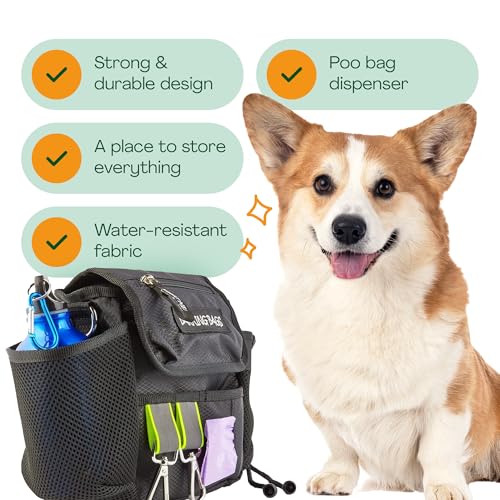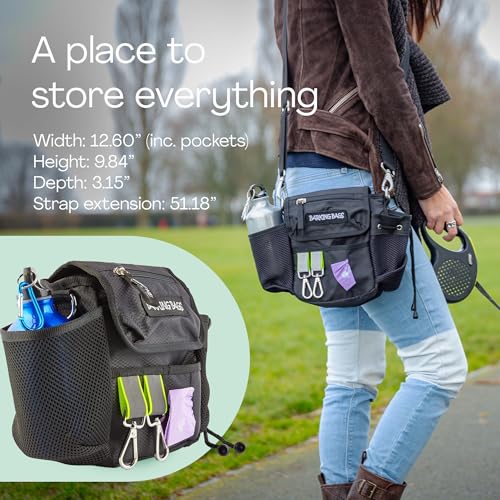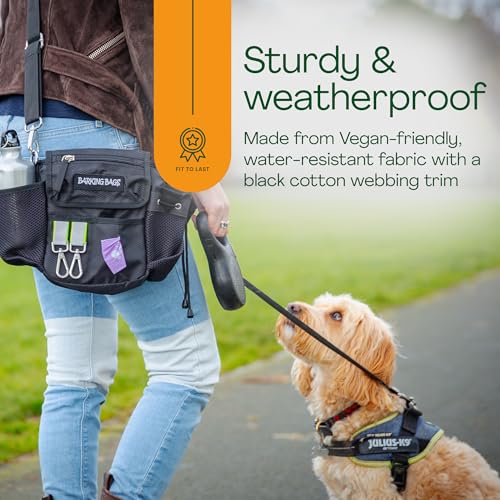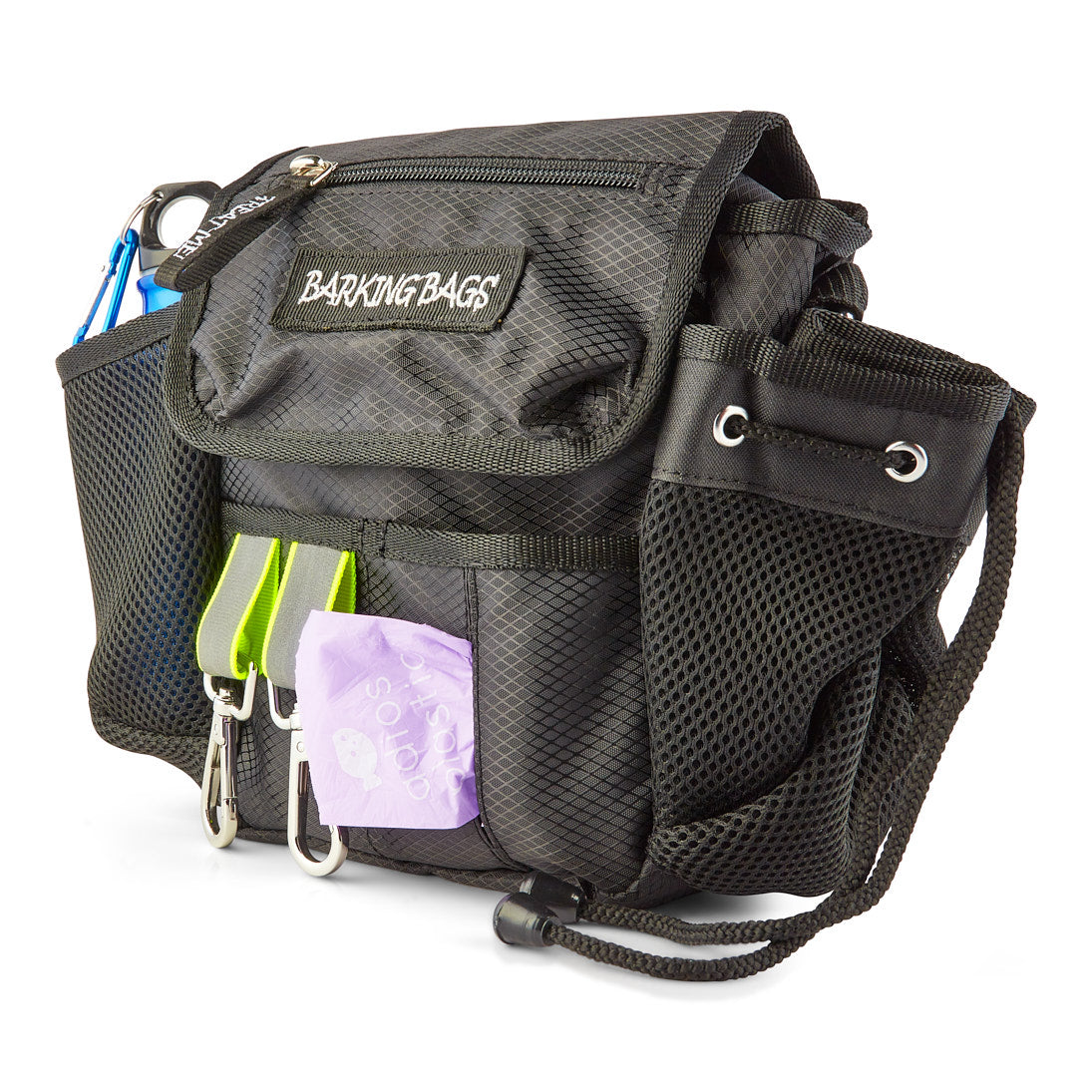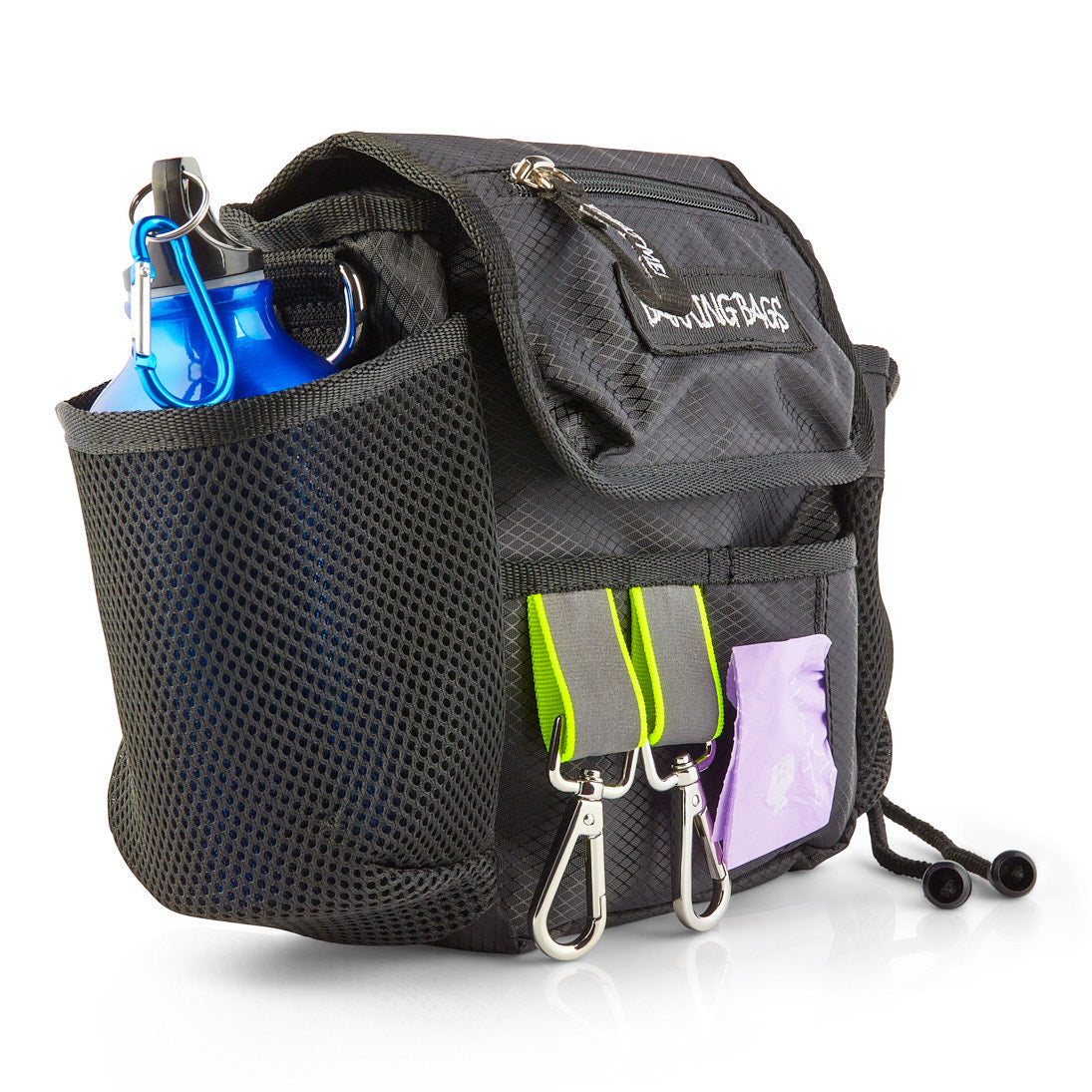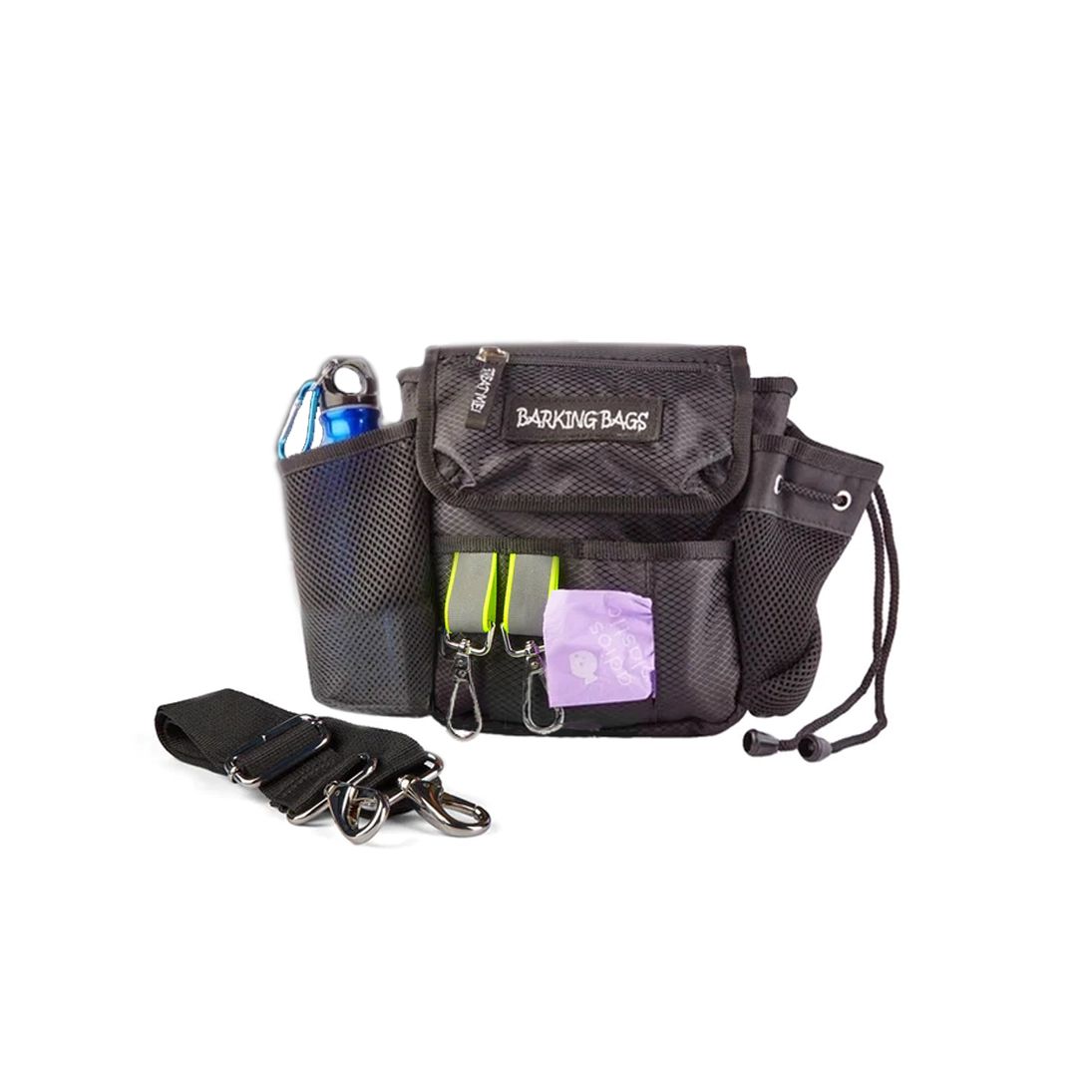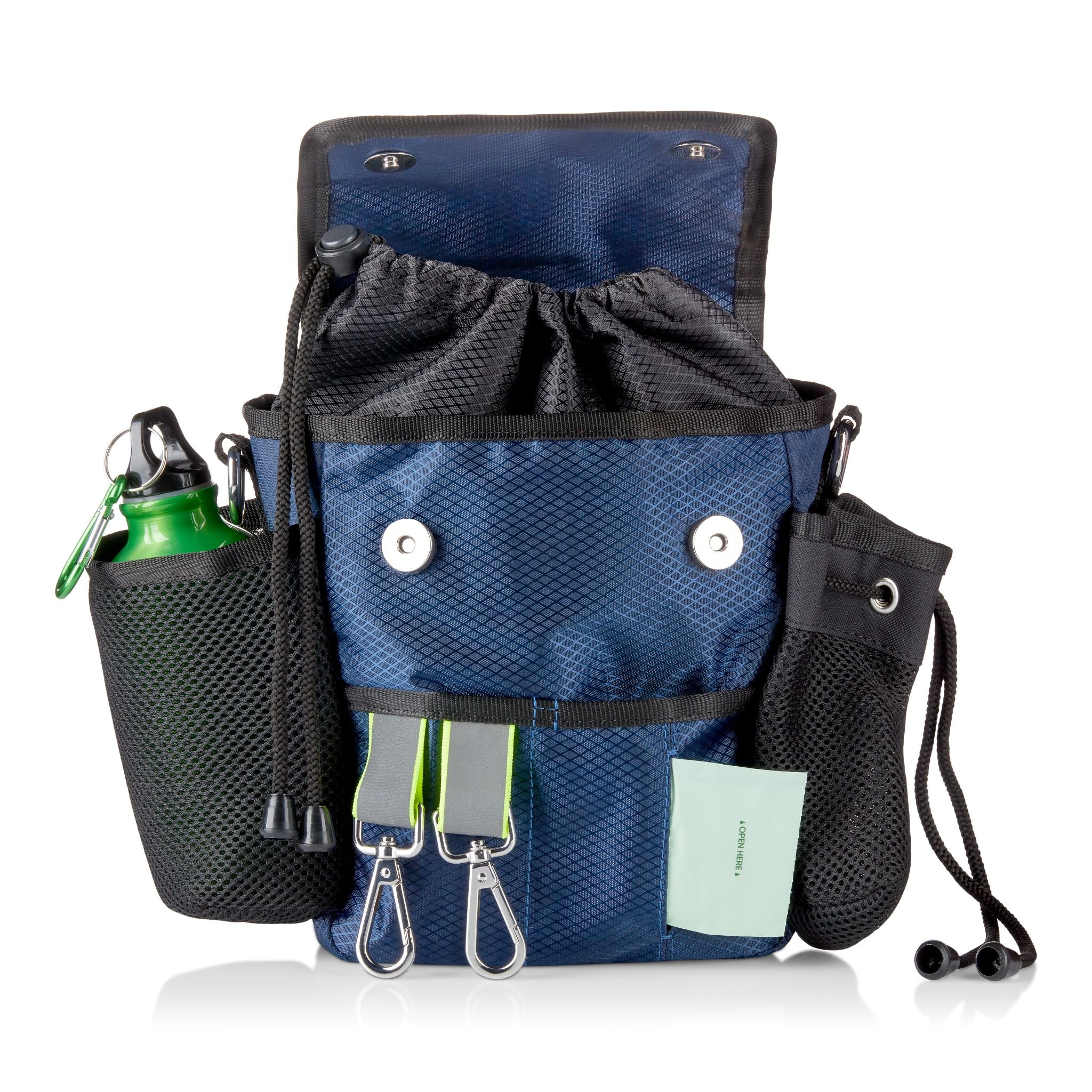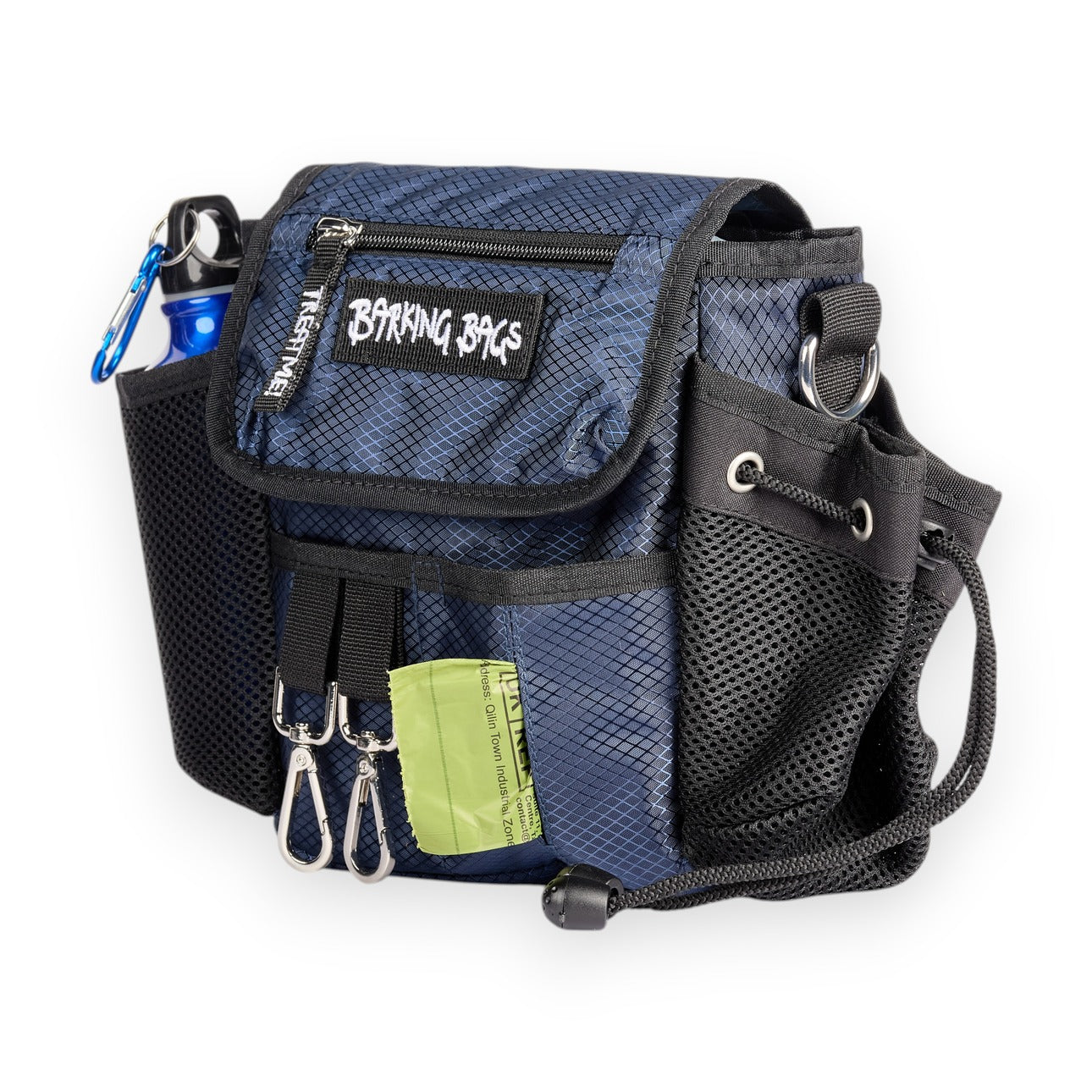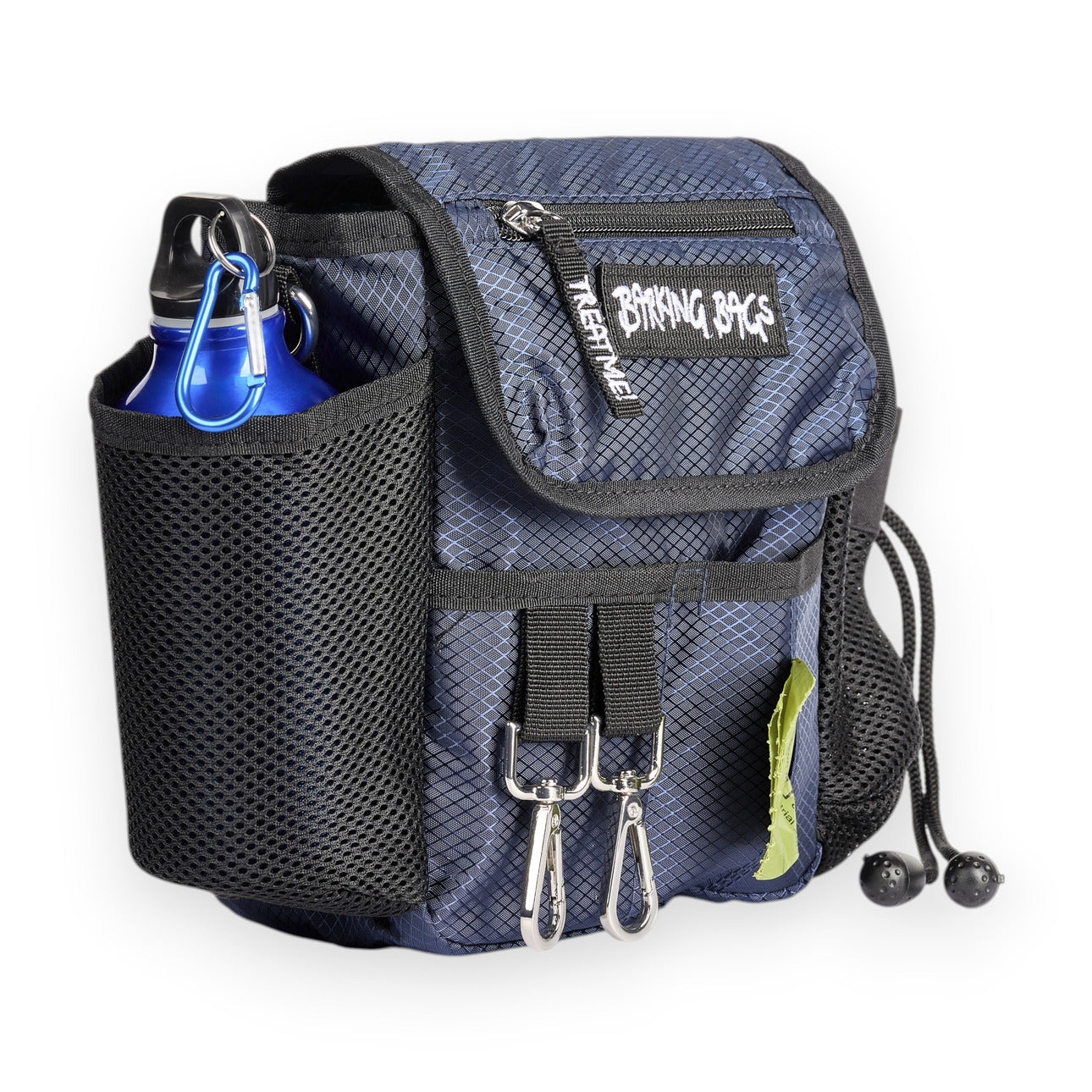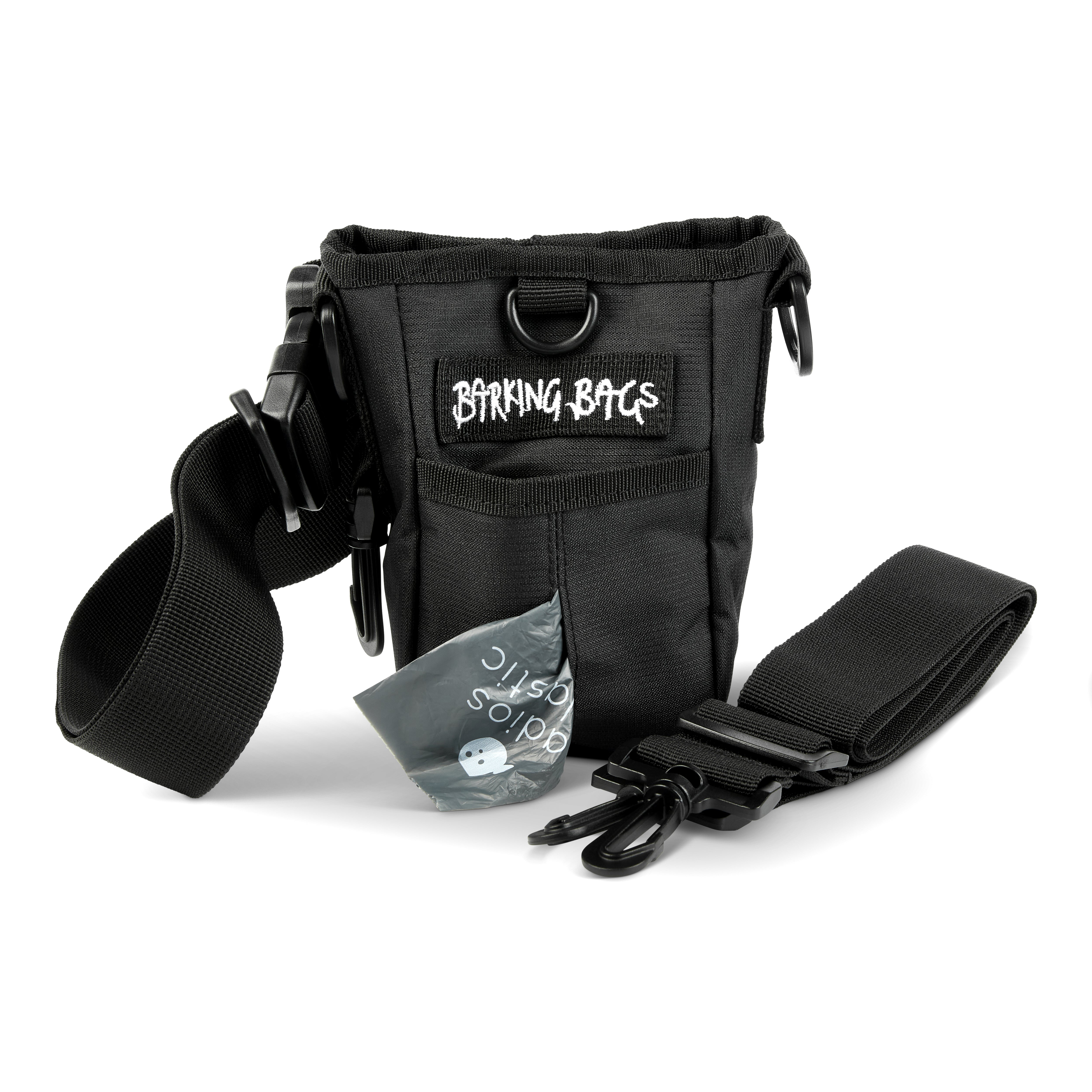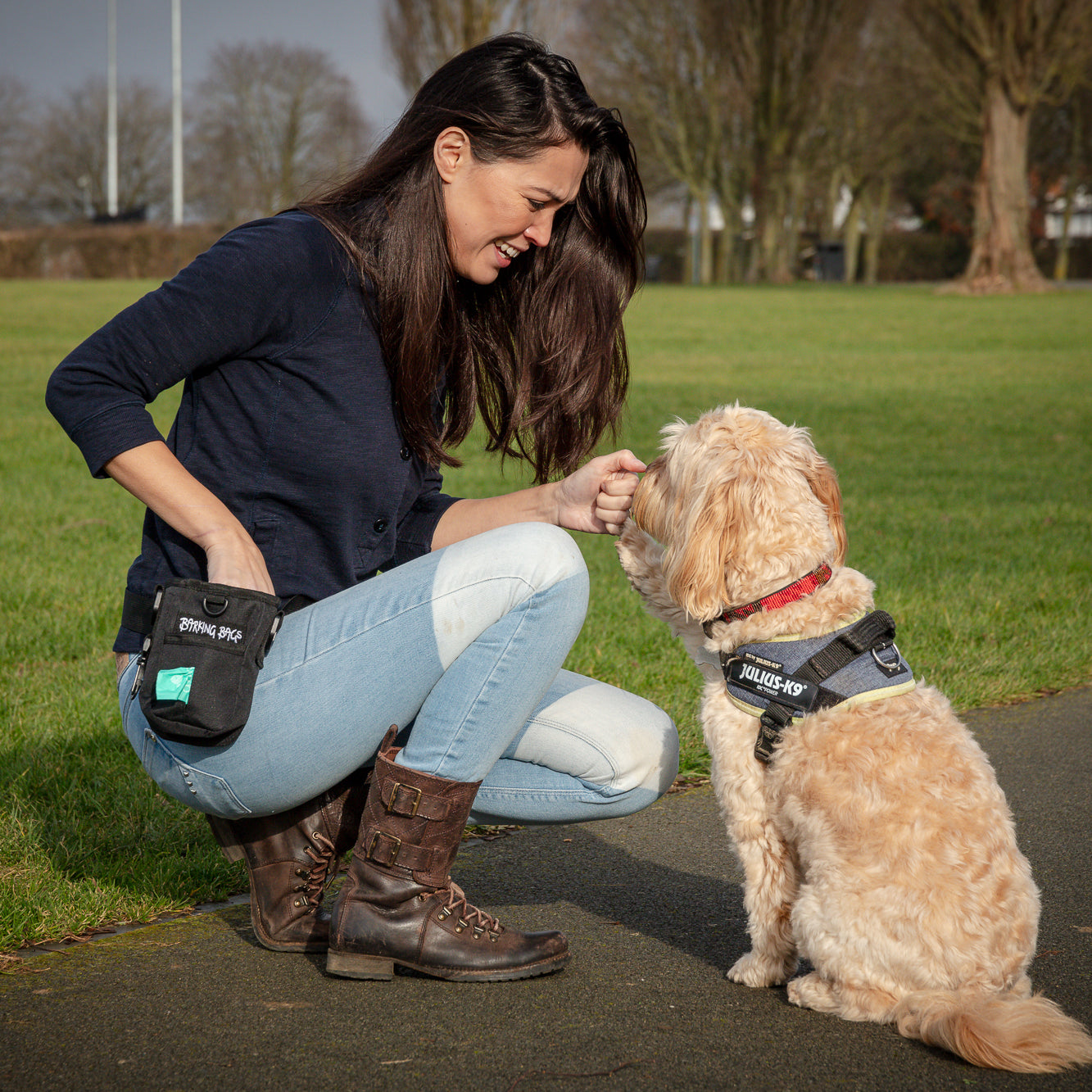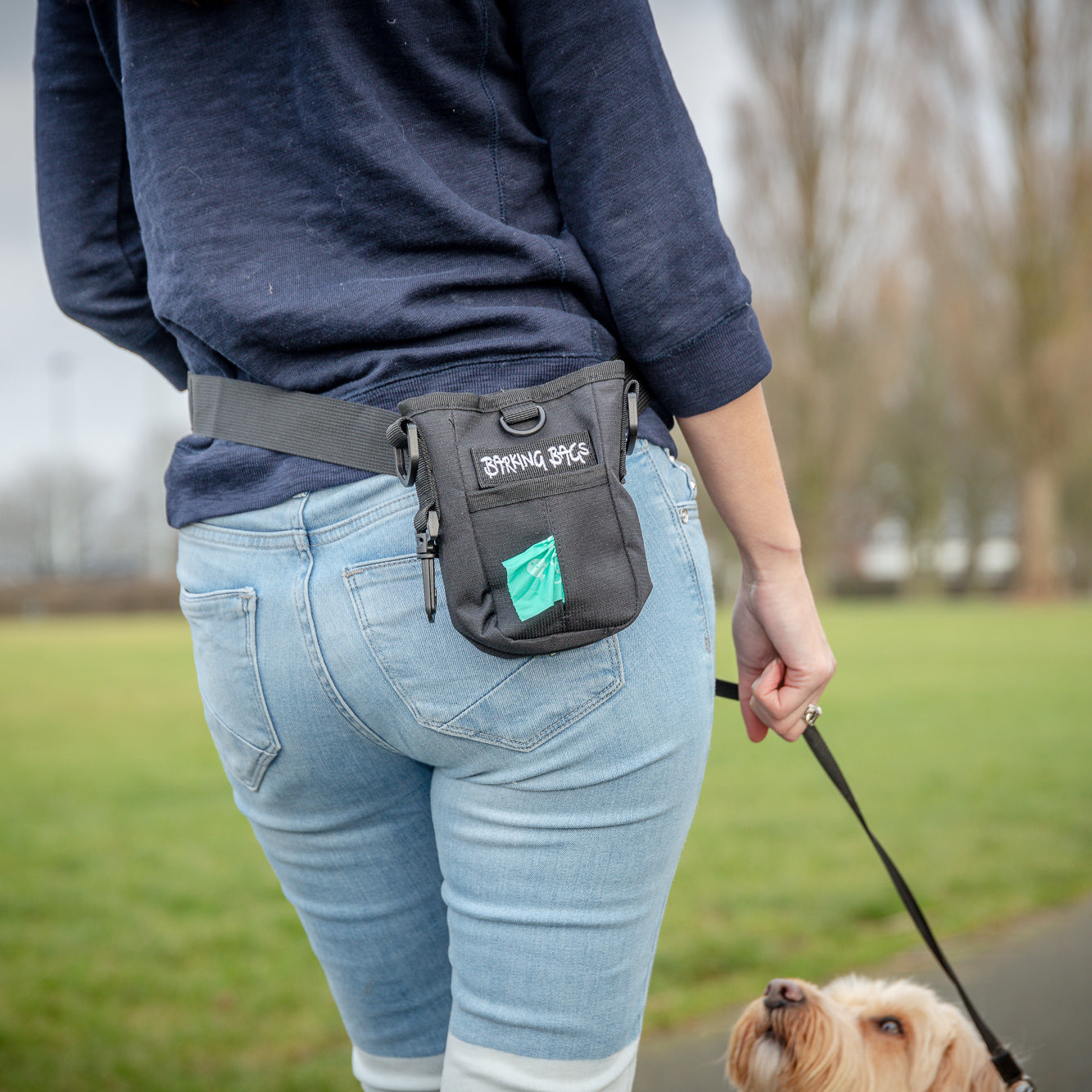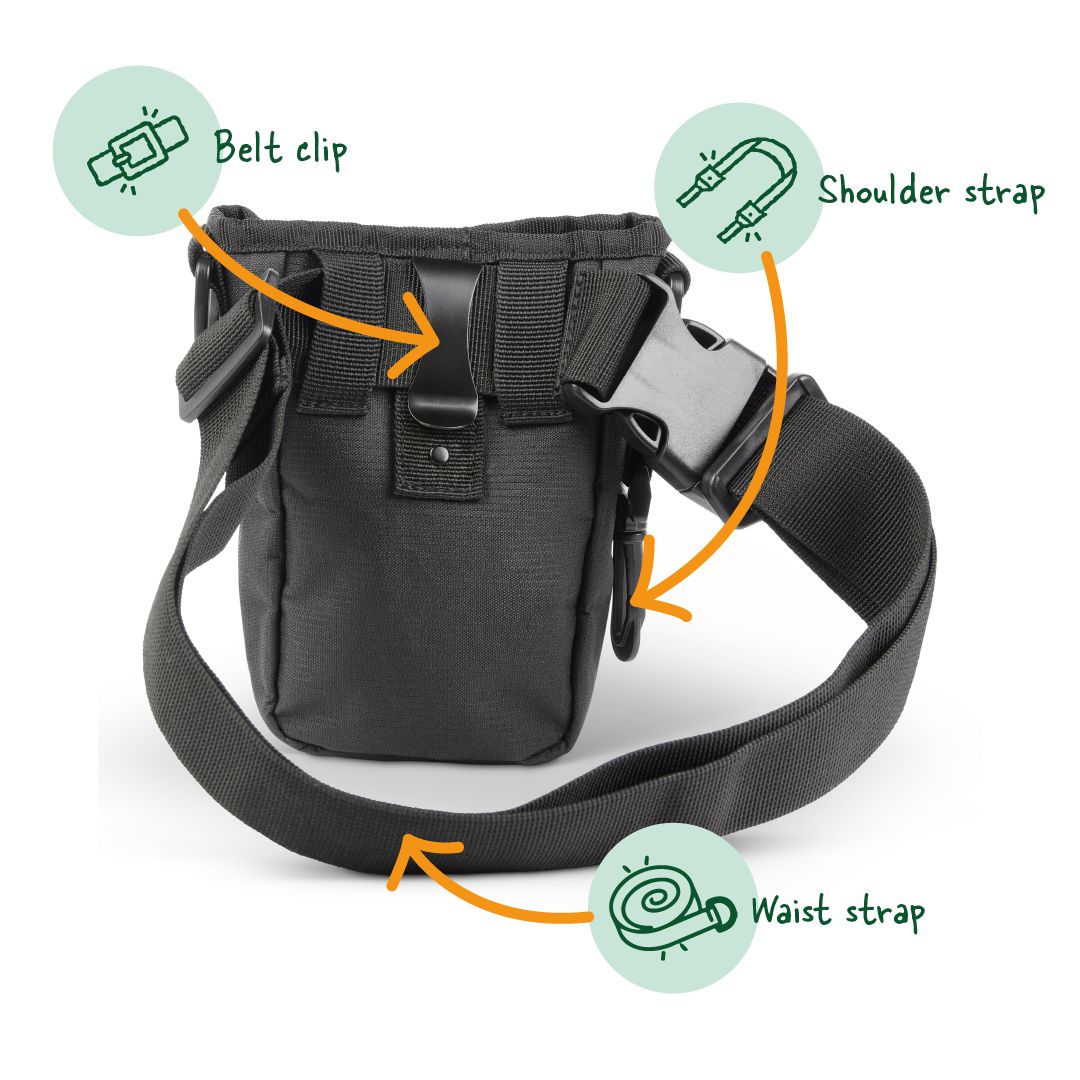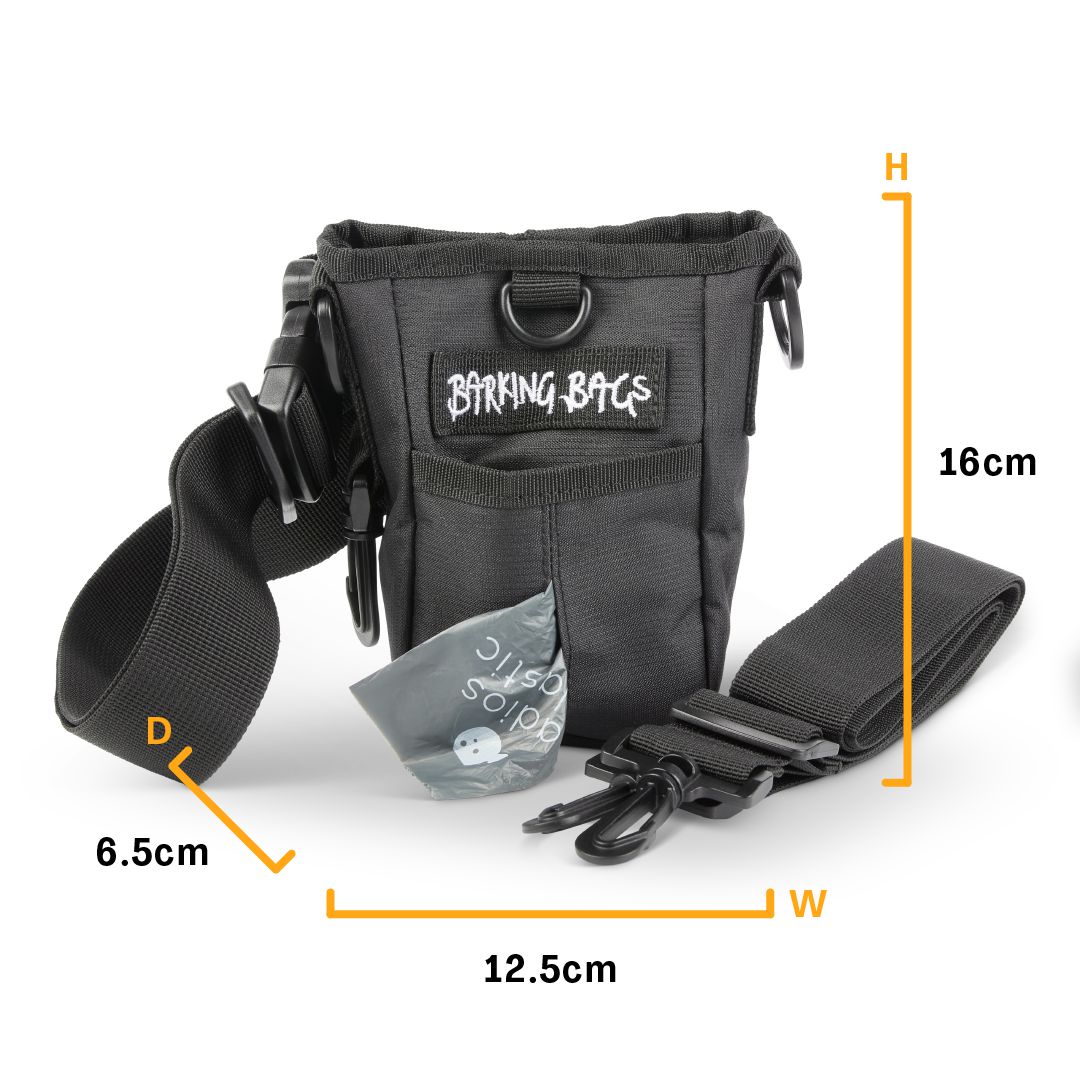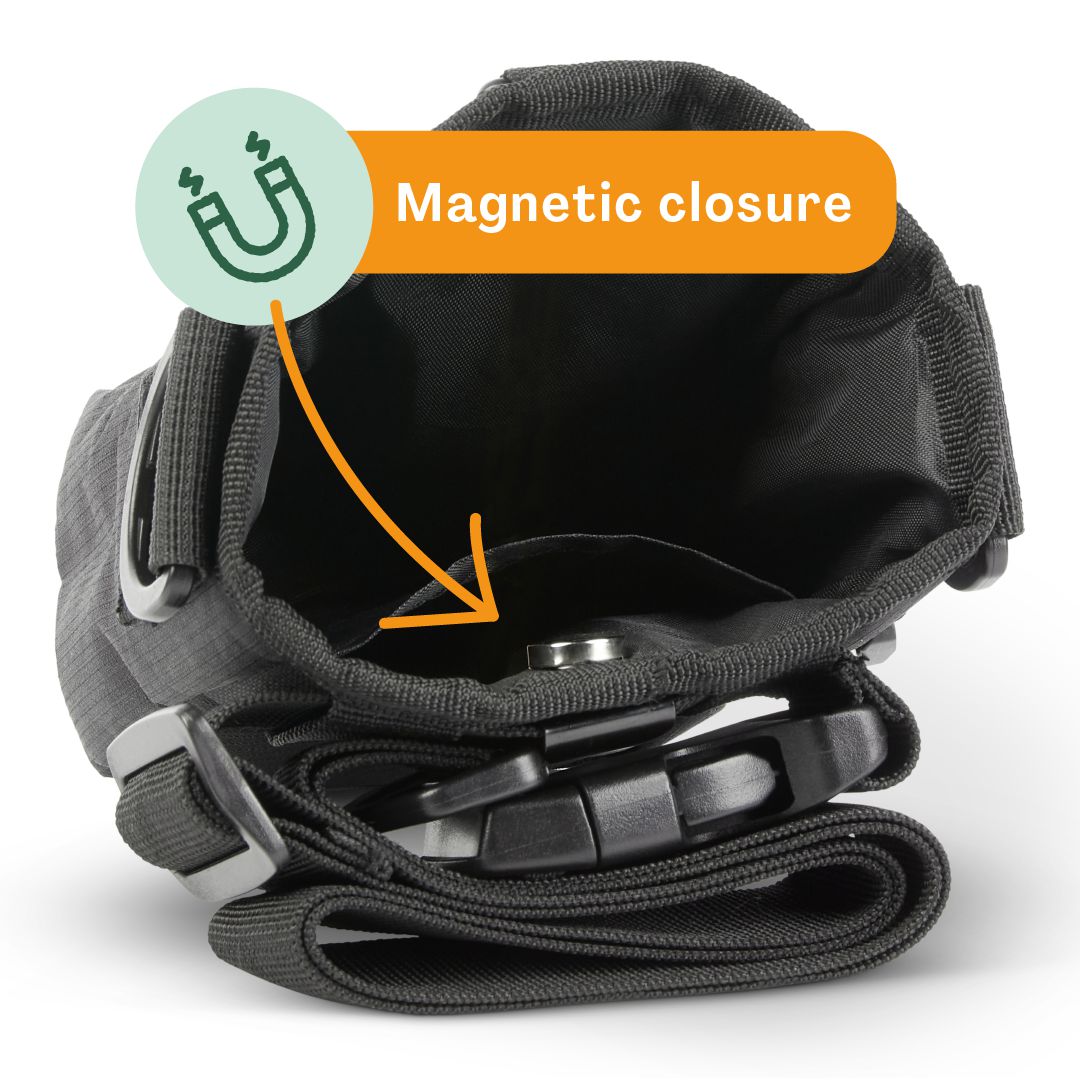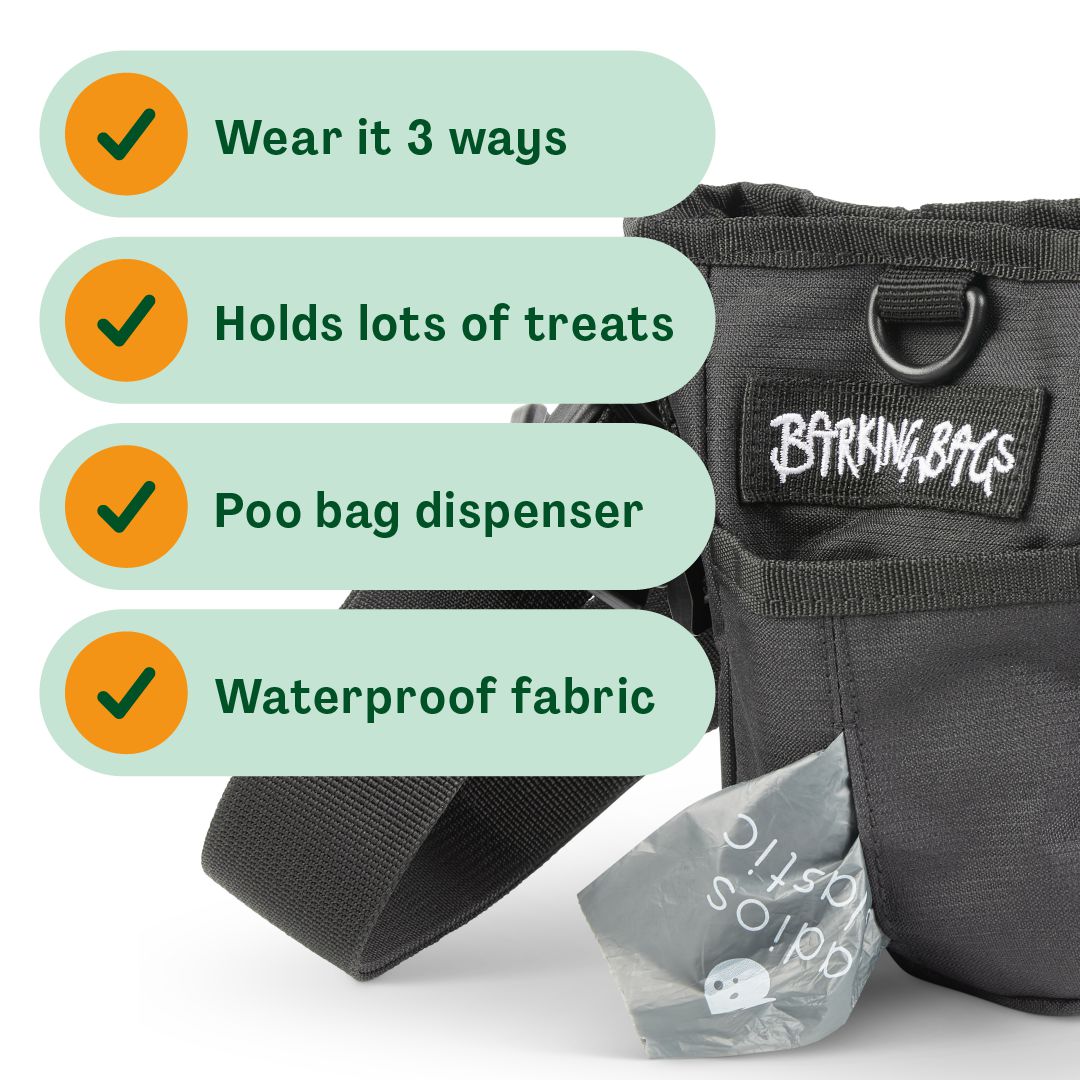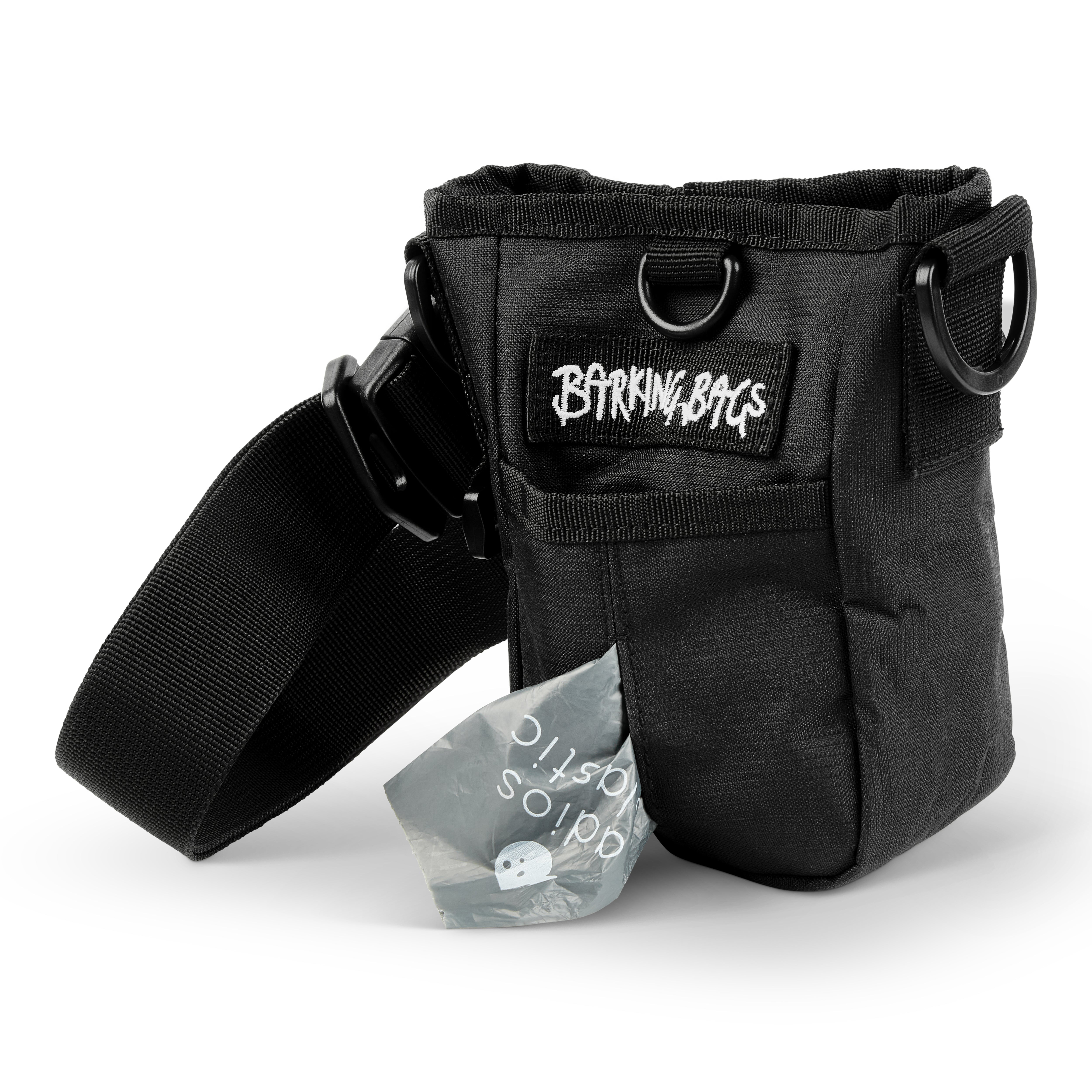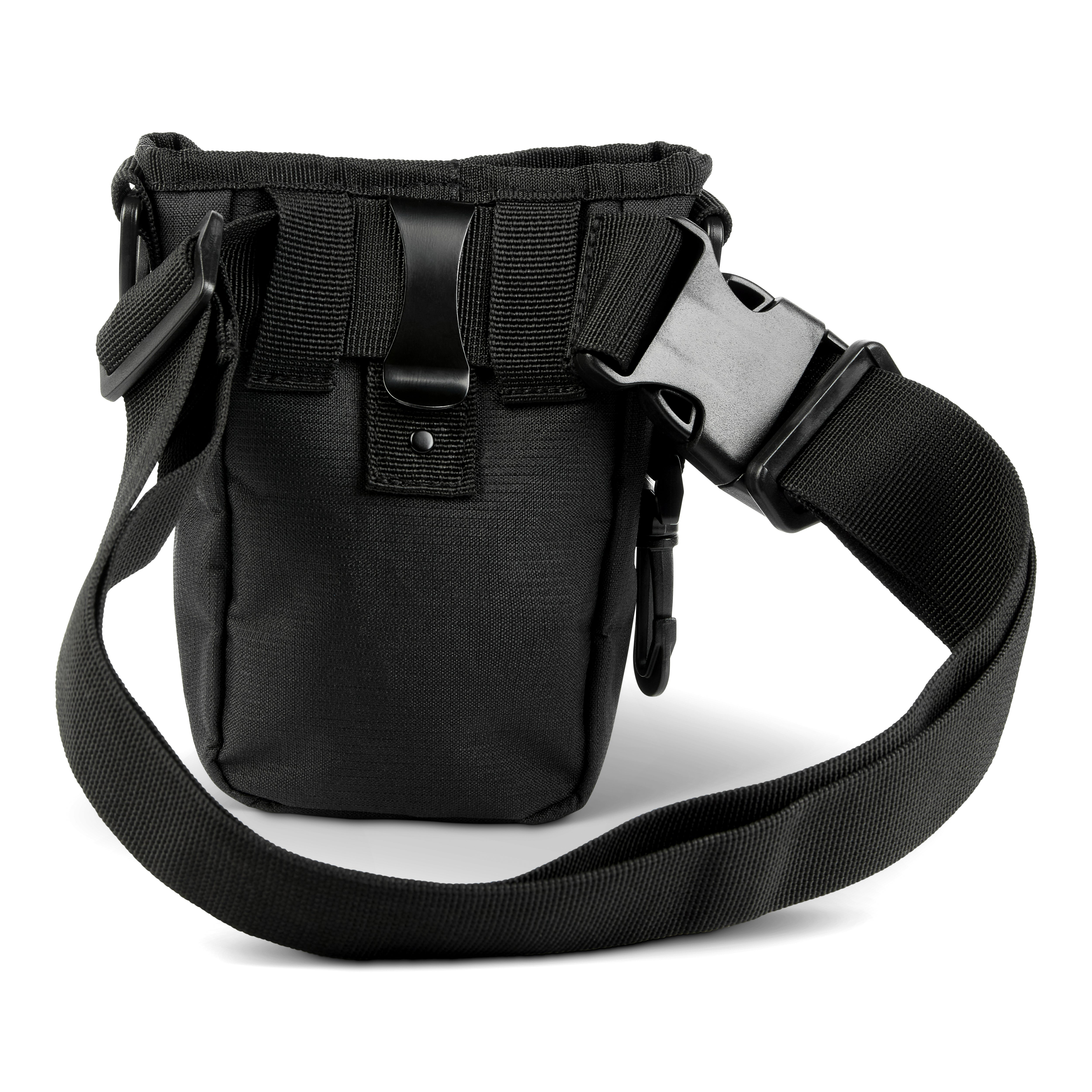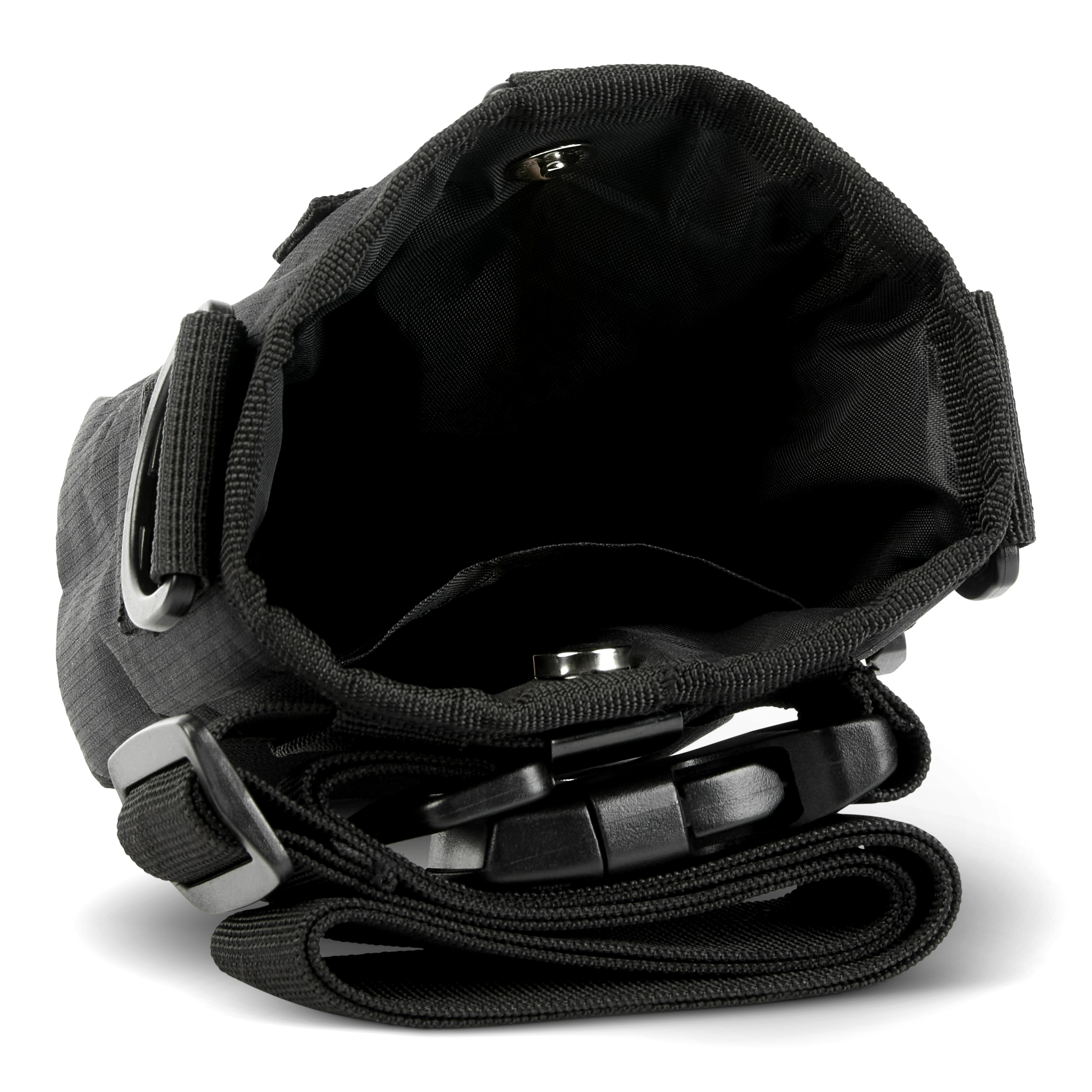
Swimming can be great fun for your dog when out on your walk in the countryside or by the sea. It provides exercise and is a lovely way to cool down during hot summer months.
Keeping your dog safe in or near water is down to us. Below are some tips I hope you’ll find useful. Some dogs simply love to swim but some have inbuilt fear. These dogs tend to panic when submerged and this can lead to fatigue, making drowning much more likely.

Helping your dogs to enjoy water safely.
It can be helpful to encourage your dog to get used to water safety in their own time. You could take them to shallow water to get used to it or get them to try out a pool at a dog fun-day event.

K9 Aqua Sports© is the UK’s and European’s
largest independent canine aquatic and dock diving events and competition company and enable dogs to jump from a deck (dock) into a large swimming pool under close supervision.
If your dog simply doesn’t take to water, dog life jackets are a great idea if you and your dog plan to spend time on or near the water or on a boat.
Should I try to save a drowning dog? Every year people get into trouble themselves trying to save their dogs. A simple glance on YouTube will show you some of the extraordinary risks people take to save their pets or other animals from freezing or fast flowing water. But there are sad stories too. According to the Royal Society for the Prevention of Accidents (Rospa), on average there are seven animal rescue-related deaths in the UK a year but the truth is that dogs are often more resilient than humans and often survive when their rescuer perishes. Of course for many of us our pet is part of the family - so if we see them in distress, we feel the need to do all we can to help.
Probably the best solution is prevention:
Keep pets on leads near icy riverbanks and ponds.
Don’t throw dog toys into water that you don’t know and which could have sharp undercurrents.
Avoid throwing small toys and balls into the water – dogs have been known to choke and they don’t let go of the toy even if they get into difficulties.
If a pet does get into difficulty, try throwing something to try and rescue the animal and guide them to safety. Wearing a harness with a loop can be helpful, providing a way to hold onto the dog when pulling it from water.
If that fails, the next step should always be the fire and rescue services.
Water-borne problems: Put simply, don’t let your dog swim in water you wouldn’t swim in yourself.
Toxic algae blooms and submerged objects are particularly hazardous.
Sea water is bad for dogs, so prevent them from drinking it. Dogs can get sick from ingesting large amounts of salt water and it may even prove fatal. Make sure they drink fresh water regularly.
Water intoxication, also known as hyponatremia, can occur when dogs take in large quantities of water very quickly. It’s relatively rare but potentially fatal.
’Swimmers tail’ typically affects large-breed dogs, causing the dog’s tail to droop after too much time playing in the water. Along with tail limpness, the base of the tail is often stiff, and the dog may experience pain.
Hypothermia can affect dogs as well as humans. Limit the time your dog spends in cold water, even in the summer.
Fishing Hooks Consider where it’s best to allow your dog to swim. Fishing hooks, can be especially hazardous, particularly if your dog is swimming in an area where people regularly fish.
A simple dog towel: Carry a towel with you to dry their paws and their fur. Barking Bags have made a small, handy-sized towel that will fit into your walking bag. Even if your dog hasn’t ventured into the water, the towels help clean muddy paws before you get into the car and will be much appreciated by the landlord if you step into a dog friendly pub.





